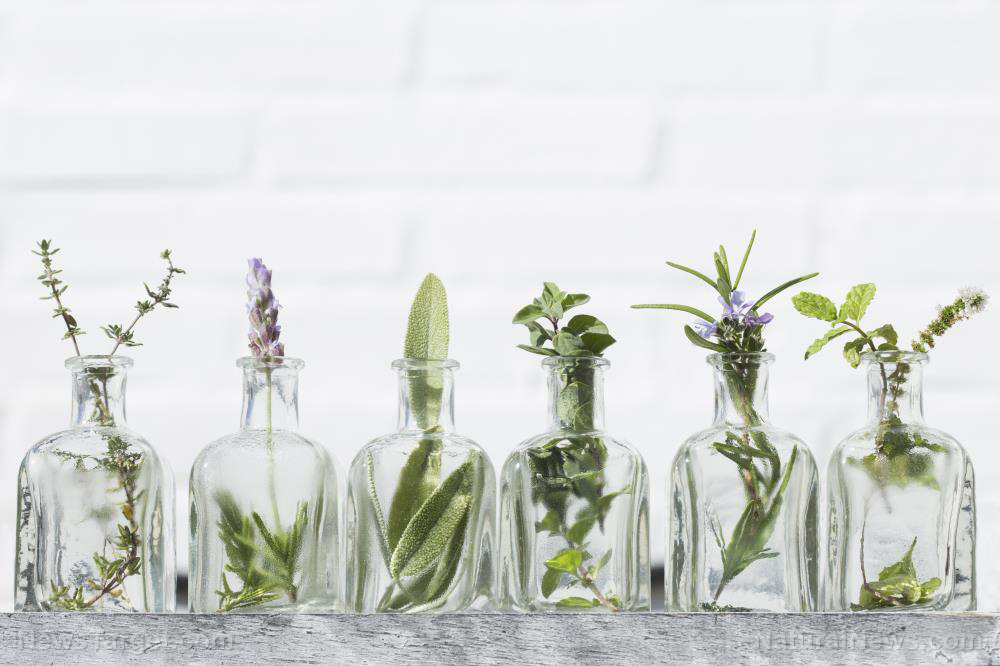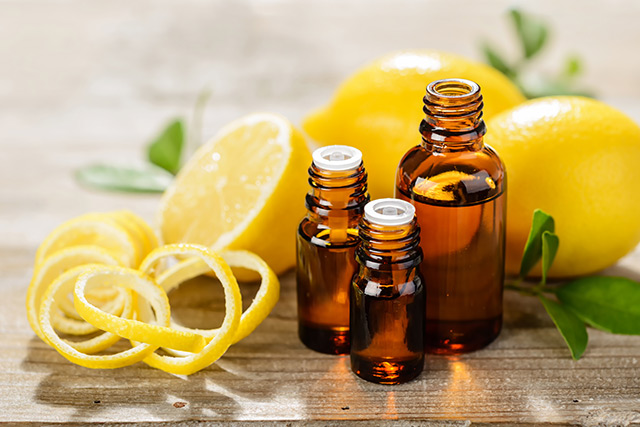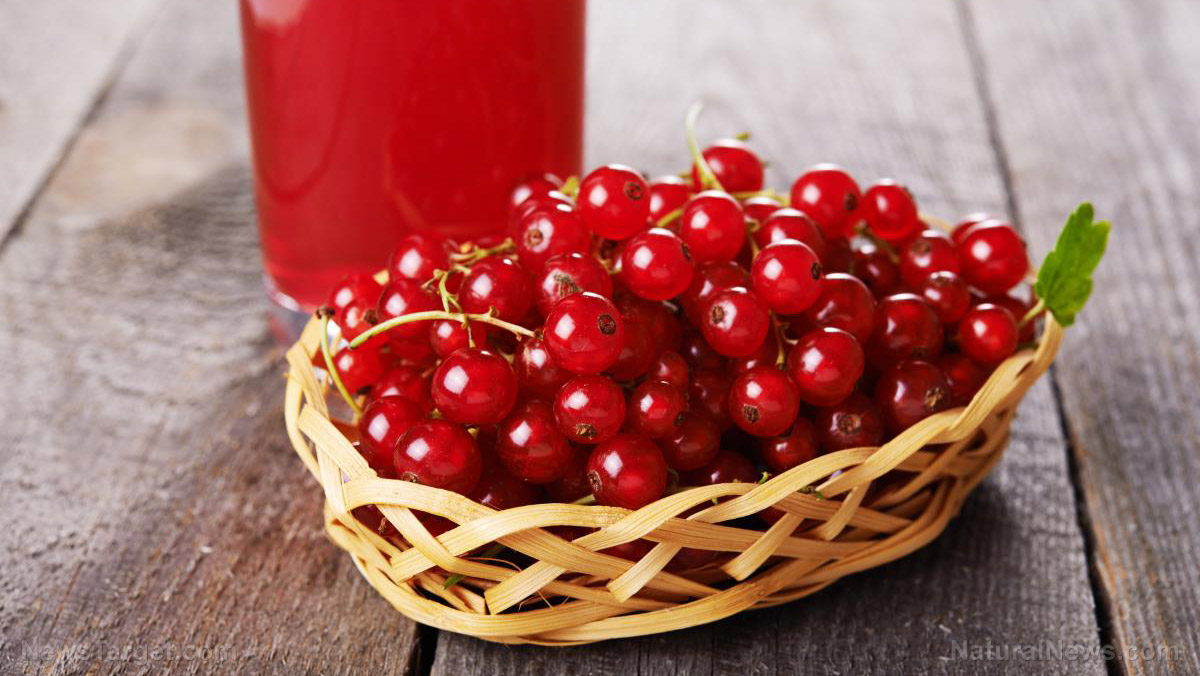Natural ways to manage aches and pains
02/29/2024 / By Olivia Cook

Here are some drug-free ways to manage aches and pains that have been recommended by naturopathic doctors.
For best results, speak with a naturopathic doctor who can help determine the root cause of your problem and prescribe a treatment that will work for you. Some of the natural treatments available include:
Acupressure and therapeutic massage
Acupressure is a type of massage therapy – manual pressure is applied to specific pressure points on your body, similar to acupuncture – except that fingers are used instead of needles.
Deep tissue massage is known for its positive effects on back and neck pain, as well as sports injuries. Therapeutic massage may also relieve stress and help with health conditions, such as high blood pressure and fibromyalgia – a chronic (long-lasting) disorder that causes pain and tenderness throughout the body, as well as fatigue and trouble sleeping.
Yoga
Yoga is a mind-body therapy that is often recommended to treat not only back pain but also the stress that accompanies it. Various yoga poses improve muscle flexibility, increase the body’s release of endorphins that block the nerve cells that receive pain signals (essentially turning off your pain), promote relaxation and improve your confidence and sense of self-control.
Music therapy
Music is commonly incorporated into various modes of exercise or regular physical activity by competitive athletes and recreational exercisers alike.
A study published in the British Journal of General Practice is one of many studies that provide considerable evidence of music helping to decrease pain levels. Researchers explain that when you listen to music, your brain releases endorphins that block the nerve cells that receive pain signals, essentially turning off your pain.
In another study published in the Journal of Functional Morphology and Kinesiology, researchers found that listening to music while exercising often results in improved performance.
Natural herbs and spices
Mother Nature has provided these natural pain management solutions – e.g., aloe vera, boswellia (Indian frankincense), chamomile, chili peppers, cinnamon, cloves, devil’s claw, echinacea, eucalyptus, garlic, ginger, ginkgo biloba, ginseng, lavender, maritime pine bark, peppermint, rosemary, turmeric and white willow bark – that are gentle to your body and just as effective at relieving pain as prescription medications. (Related: These 7 herbs can help you through life’s aches and pains.)
Heat and cold therapy
Alternating heat and cold therapy helps reduce exercise-induced muscle pain or osteoarthritis effectively.
Cold therapy (ice packs are a great choice for the first 72 hours after an injury) helps reduce the temperature of the skin and muscles and decreases blood flow and metabolic processes, which, in turn, reduces inflammation or swelling that causes the pain.
Heat therapy, on the other hand, does the opposite, thus soothing stiff joints and relaxing the muscles.
Note that neither option should be used for more than 10-15 minutes at a time, according to the U.S. Pain Foundation.
Seek a professional
Consulting with a licensed natural health practitioner to find the right treatment for your health issues is always the best choice. To find a licensed naturopath near you, visit the American Association of Naturopathic Physicians’ (AANP) website.
AlternativeMedicine.news has more stories about natural remedies for various ailments.
Watch the following video to learn about a natural pain-killing plant that you can find in most backyards in every U.S. state.
This video is from the Saranra channel on Brighteon.com.
More related stories:
Not just a cute plant, the bunny ears cactus relieves pain naturally.
Tamarind more effective than standard analgesics, study shows.
Sources include:
Submit a correction >>
Tagged Under:
acupressure, alternative medicine, back pain, cold therapy, Cures, exercise, health science, heat therapy, herbal medicine, Herbs, massage, music therapy, natural cures, natural health, natural medicine, natural pain management, Naturopathy, pain relief, remedies, yoga
This article may contain statements that reflect the opinion of the author
RECENT NEWS & ARTICLES
PlantMedicine.News is a fact-based public education website published by Plant Medicine News Features, LLC.
All content copyright © 2018 by Plant Medicine News Features, LLC.
Contact Us with Tips or Corrections
All trademarks, registered trademarks and servicemarks mentioned on this site are the property of their respective owners.




















